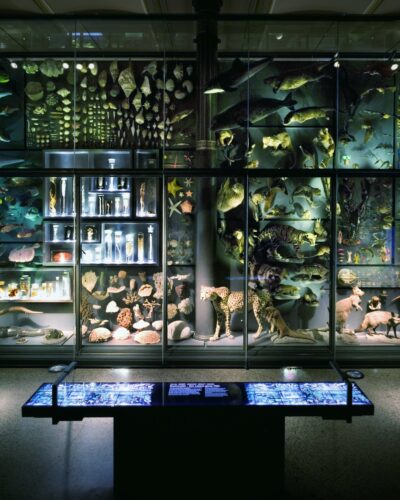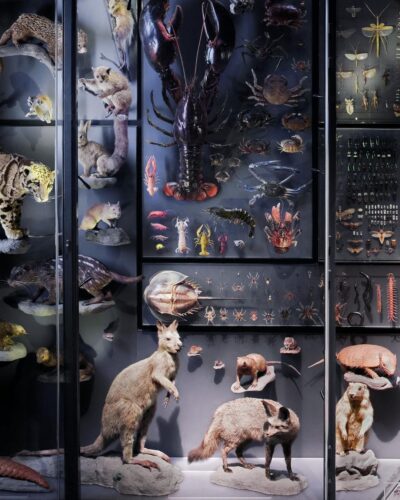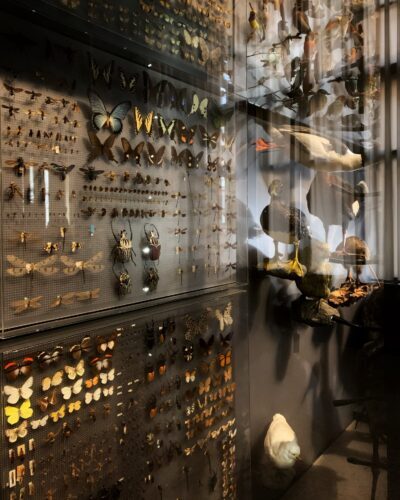Museum für Naturkunde
The Museum für Naturkunde – Leibniz Institute for Evolution and Biodiversity Science- is one of the most important research institutions worldwide. The museum/institute specializes in the areas of biological and geological evolution and biodiversity. Its mission is to discover and describe life and earth – with people, through dialogue.
As an excellent research museum and innovative communication platform, the museum aspires to engage with and influence the scientific and societal discourse about the future of our planet, worldwide. Its vision, strategy, and structure make the museum an excellent research museum. There are research partners of Naturkunde in Berlin, Germany, and approximately 60 other countries.


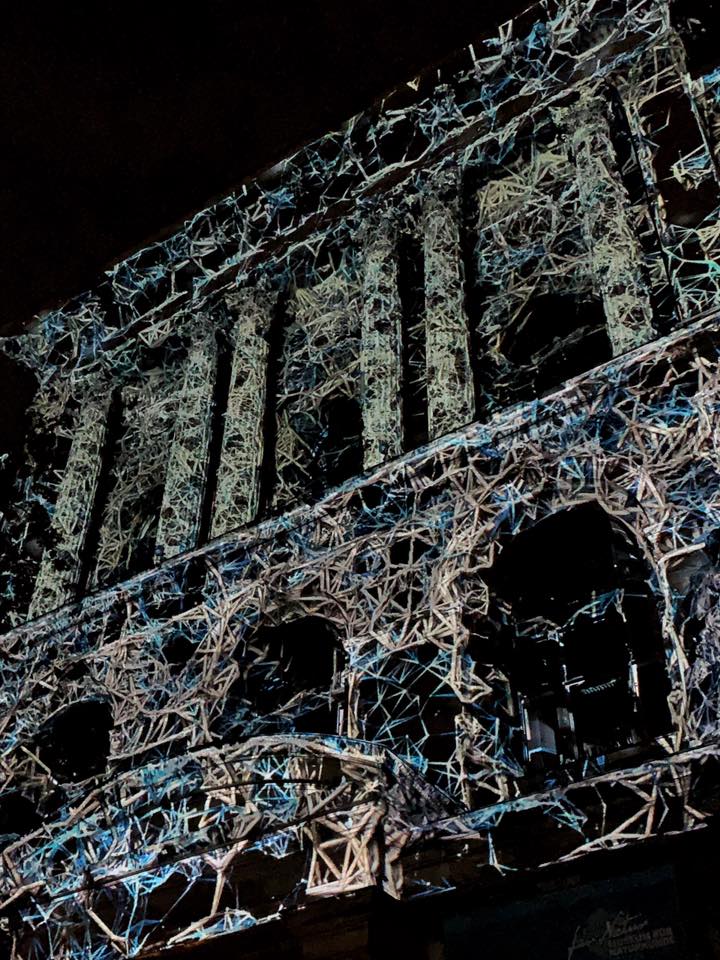
Over 700,000 visitors per year as well as steadily increasing participation in educational and other events show that Naturkunde has become an innovative communication center that helps shape the scientific and social dialogue about the future of our earth.
Alongside knowledge transfer, the research and the collection are the main pillars of the museum’s work. The collection is a unique natural and cultural asset, inextricably linked to the research, and comprises over 30 million items covering zoology, paleontology, geology, and mineralogy and is of the highest scientific and historical importance.
The permanent exhibitions together with regular special exhibitions give the public insights into current research at the museum and highlight original research objects. Visitors are encouraged and inspired to find their route into science and experience ‘Evolution in Action rather than following a given pathway.
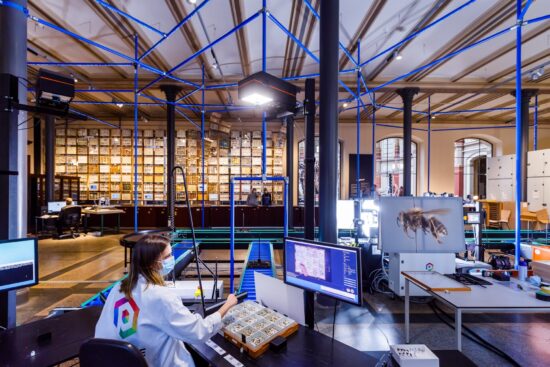

With its over 30 million collection items and its international reputation in research, the Museum für Naturkunde Berlin is one of the world’s most significant research museums in evolutionary and biodiversity research. However, damage to the building during the Second World War and decades of operating on a shoestring led to a renovation backlog. As a consequence, many parts of the collections had to be housed in cramped spaces or unsuitable parts of the building.
Utility systems were outdated, and preservation conditions and fire safety were inadequate. The renovation of the museum building was conceived as a long-term project, divided into a sequence of steps to be completed, while research and exhibitions were ongoing. Renovation measures began with the partial renovation of some exhibition areas in 2004-2007, followed by a first rebuilding phase, the reconstruction of the East Wing that had been destroyed in World War II. Its completion prepared the ground for the second building phase.


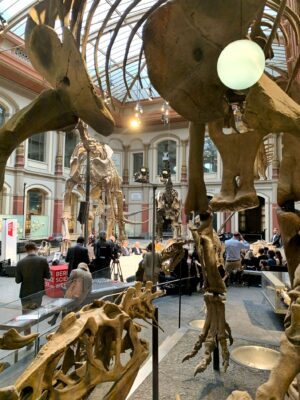
The opening of the new collection, work, and exhibition facilities take the Museum für Naturkunde a step closer to its aim to become an open, integrative research museum that stands up for nature. This was a building assignment where – perhaps for the first time in a listed historical building of this scale – the latest insights into building and conservation research had to be reconciled with contemporary ideas of a “green museum”.
At the heart of the building project are optimum storage for the dry collections, improved logistics for collection management, and the establishment of guest researcher workplaces. All of this will ensure the long-term preservation of the collections as research infrastructure, which will be available to the museum’s staff and about 600 guest researchers every year. Another focus of the building project is a further opening up of research collections.
The public will be able to see or even access selective parts of the collections. Thus, spaces are created to encourage participation and dialogue between research, collection, and society, and crossing boundaries between exhibition and collection. The area that houses exhibitions and visitor facilities will be enlarged to manage increasing visitor numbers, even at peak times and during events. More
